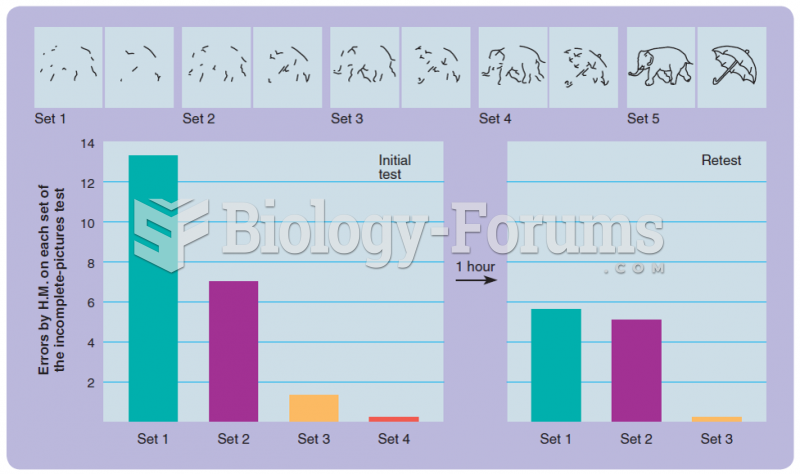|
|
|
Immunoglobulin injections may give short-term protection against, or reduce severity of certain diseases. They help people who have an inherited problem making their own antibodies, or those who are having certain types of cancer treatments.
It is difficult to obtain enough calcium without consuming milk or other dairy foods.
After 5 years of being diagnosed with rheumatoid arthritis, one every three patients will no longer be able to work.
When blood is deoxygenated and flowing back to the heart through the veins, it is dark reddish-blue in color. Blood in the arteries that is oxygenated and flowing out to the body is bright red. Whereas arterial blood comes out in spurts, venous blood flows.
The horizontal fraction bar was introduced by the Arabs.







